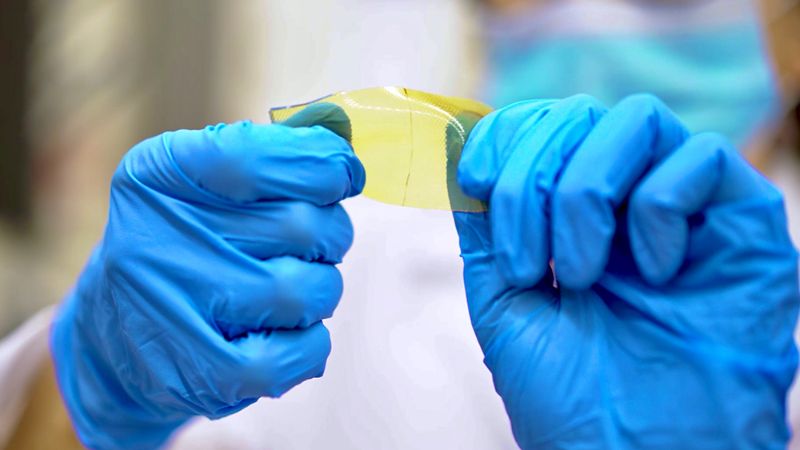
Texas A&M University and the US Army Combat Capabilities Development Command Army Research Laboratory have developed a family of synthetic materials with self-healing capabilities.
The polymers vary in texture, from ultra-soft to extremely rigid. They can be 3D printed, are recyclable, and stick to each other in air and underwater.
Such materials are expected to fulfil the need of re-configurability in several military applications.
Department of Materials Science and Engineering professor and corresponding author on the study Svetlana Sukhishvili said: “We have made an exciting group of materials whose properties can be fine-tuned to get either the softness of rubber or the strength of load-bearing plastics.
“Their other desirable characteristics, like 3D printability and the ability to self-heal within seconds, make them suited for not just more realistic prosthetics and soft robotics, but also ideal for broad military applications such as agile platforms for air vehicles and futuristic self-healing aircraft wings.”
The synthetic polymers comprise long strings of repeating molecular motifs, while the elastomeric polymers exhibit lightly crosslinked chains providing a rubbery feature to the material.
How well do you really know your competitors?
Access the most comprehensive Company Profiles on the market, powered by GlobalData. Save hours of research. Gain competitive edge.

Thank you!
Your download email will arrive shortly
Not ready to buy yet? Download a free sample
We are confident about the unique quality of our Company Profiles. However, we want you to make the most beneficial decision for your business, so we offer a free sample that you can download by submitting the below form
By GlobalDataResearchers of the study focused on the molecules involved in the crosslinking.
Initially, they selected a parent polymer and chemically added pre-polymer chains with two types of small crosslinking molecules. The process increased the stiffness of the materials.
Such crosslinks are reversible as crosslinking molecules engage in a type of reversible chemical bonding. This characteristic triggers self-healing capabilities of the materials.
Researchers also noted that the temperatures when the crosslinkers dissociate are nearly same for different stiffness levels. This property is useful for 3D printing.
United States Army Research Laboratory research engineer and a corresponding author on the study Frank Gardea said: “Right now, we can easily achieve around 80% self-healing at room temperature, but we would like to reach 100%. Also, we want to make our materials responsive to other stimuli other than temperature, like light.
“Further down the road, we’d like to explore introducing some low-level intelligence so that these materials know to autonomously adapt without needing a user to initiate the process.”







